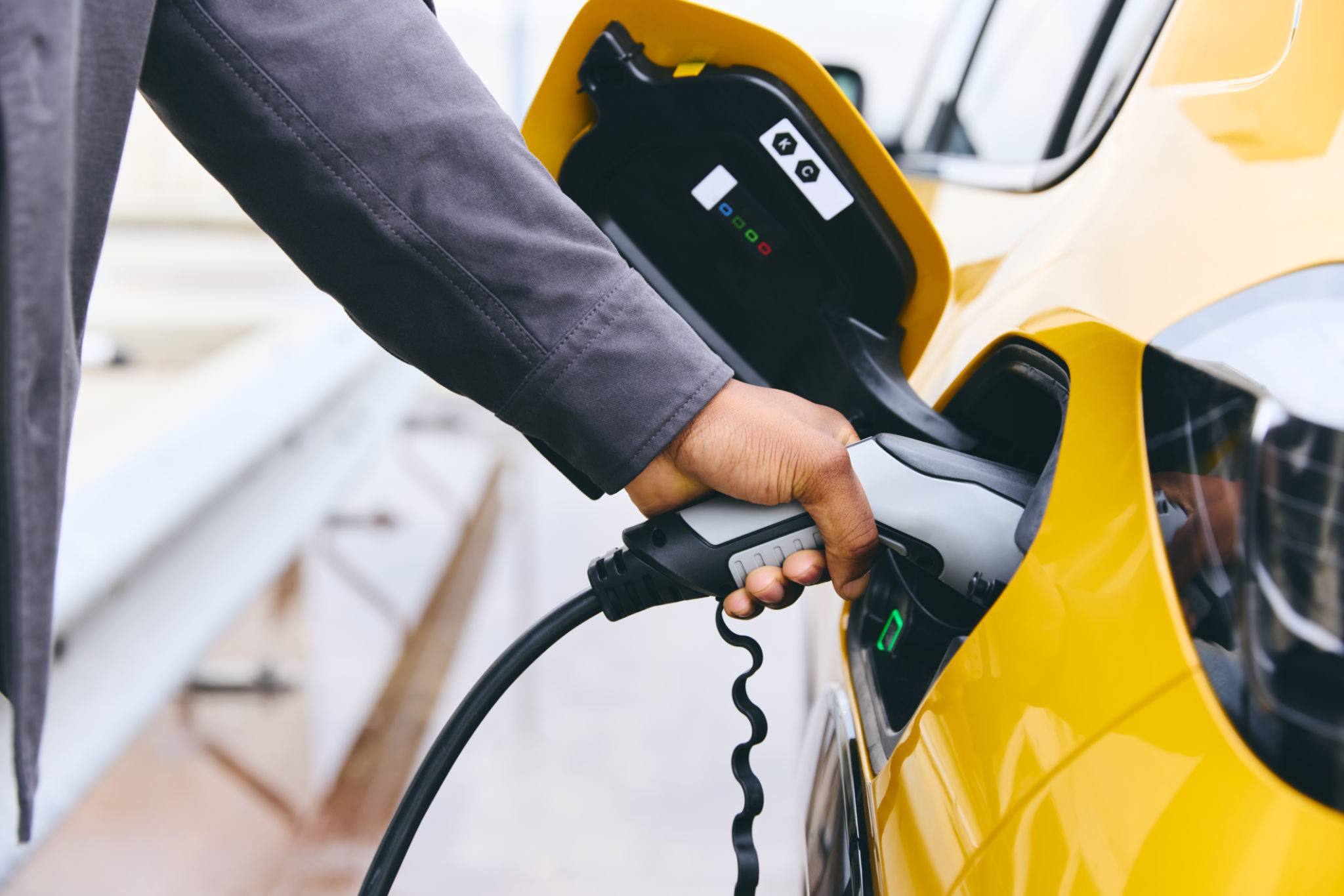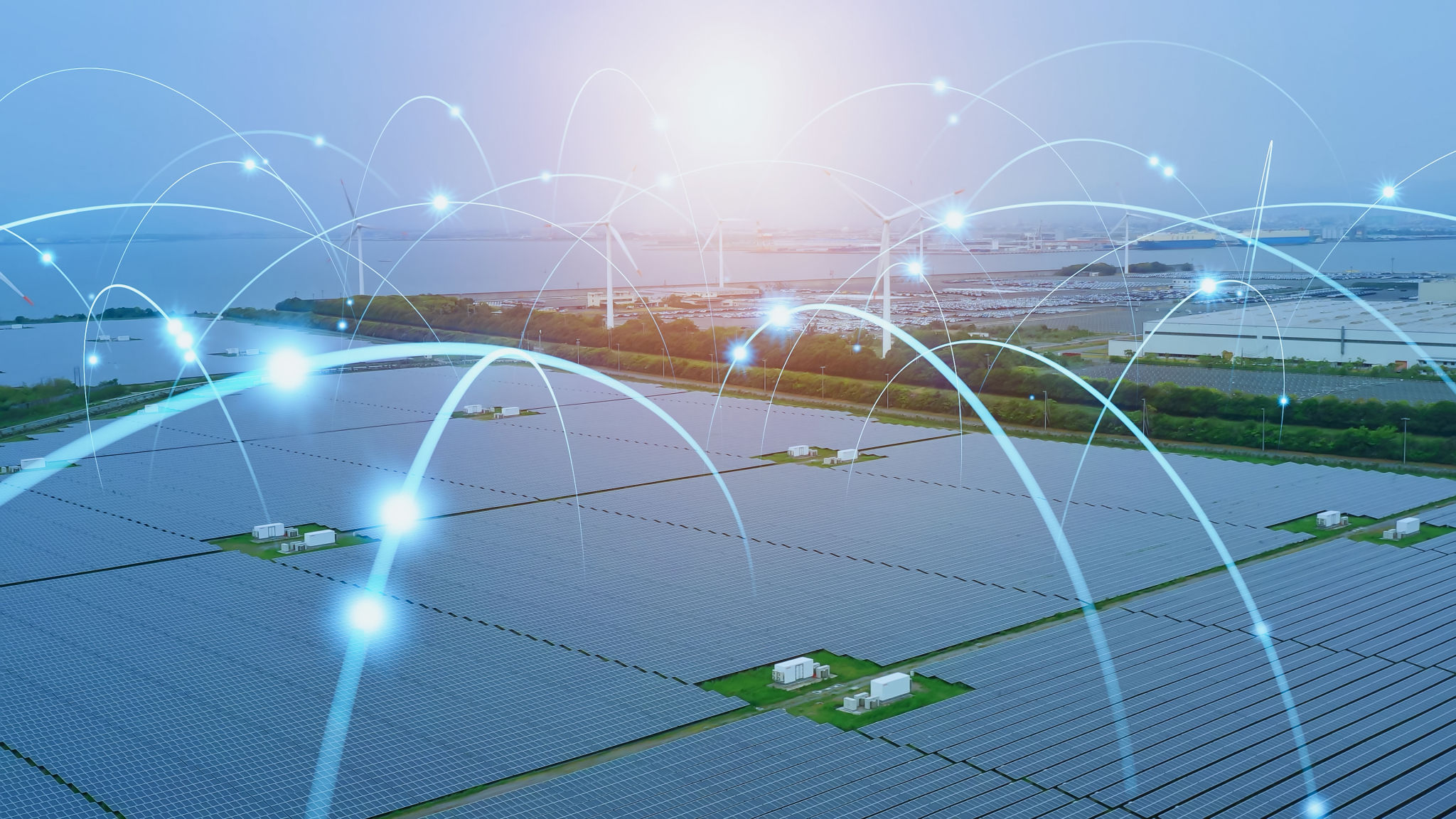Understanding the Latest Trends in Electric Vehicle Charging Technology
The Rise of Electric Vehicles
The electric vehicle (EV) revolution is in full swing, and with it comes a burgeoning demand for advanced charging technology. As EV adoption grows, understanding the latest trends in charging infrastructure becomes crucial for consumers, manufacturers, and policymakers alike.

Faster Charging Times
One of the most significant trends in EV charging technology is the push for faster charging times. New advancements in battery technology and charging infrastructure have made it possible for EVs to recharge in a fraction of the time it once took. High-capacity chargers, often referred to as Level 3 or DC fast chargers, can replenish an EV battery to 80% capacity in just 30 minutes or less. This rapid charging capability is essential for increasing the practicality of EVs for long-distance travel.
Wireless Charging Solutions
Wireless, or inductive, charging is another promising trend making waves in the EV industry. This technology allows drivers to charge their vehicles without physically connecting to a charging station. Instead, a magnetic field transfers energy from a charging pad on the ground to a receiver on the vehicle. While still in its early stages, wireless charging offers a glimpse into a future where EV charging is as simple as parking your car.

Integration with Renewable Energy
As concerns over climate change intensify, integrating renewable energy sources with EV charging infrastructure is becoming increasingly important. Solar-powered charging stations are emerging as a viable solution, offering a sustainable way to power electric vehicles. By harnessing the sun's energy, these stations not only reduce reliance on fossil fuels but also help in reducing the carbon footprint of EVs.
Smart Charging and Vehicle-to-Grid Technology
Smart charging technology is transforming the way we think about energy consumption and distribution. These systems enable two-way communication between the vehicle and the grid, allowing for more efficient energy use. Moreover, Vehicle-to-Grid (V2G) technology enables EVs to return excess energy to the grid, effectively turning them into mobile power sources. This can help stabilize the grid during peak demand times and provides an additional income stream for EV owners.

Public Charging Infrastructure Expansion
The expansion of public charging infrastructure is critical to supporting the growing number of EVs on the road. Governments and private companies worldwide are investing heavily in building more accessible and widespread networks of charging stations. This development aims to alleviate "range anxiety," a common concern among potential EV buyers worried about running out of power far from home.
Ultra-High-Power Charging Stations
Ultra-high-power charging stations are another exciting development in the EV landscape. Capable of delivering up to 350 kW of power, these stations can add hundreds of miles of range in just minutes. They are particularly beneficial along highways and busy travel routes, ensuring that long-distance journeys are seamless and convenient for EV drivers.
In conclusion, the landscape of electric vehicle charging technology is rapidly evolving, with innovations that promise to make EVs more accessible, efficient, and sustainable. As these trends continue to develop, they will play a pivotal role in shaping the future of transportation.